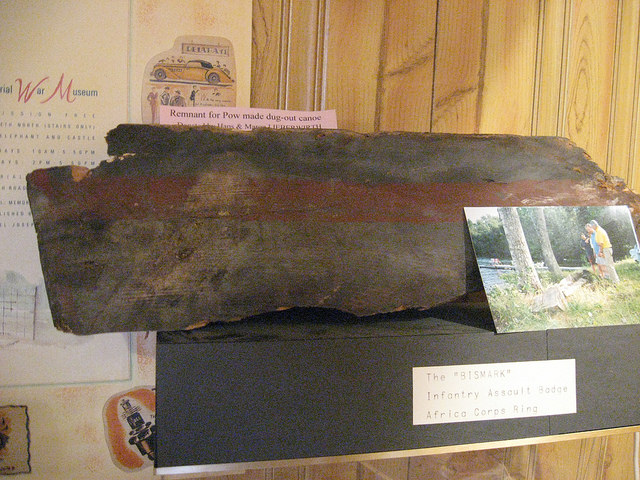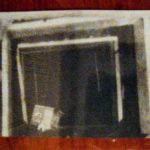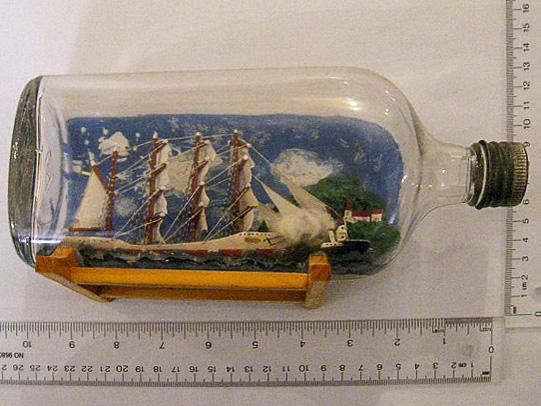Imagine being a prisoner in the woods of northern Ontario or Manitoba* on a lake in the summer. Doesn’t sound all that bad, as prisons go – though I imagine the bugs were pretty nasty at times.
In the Henderson Homefront Collection, since transferred to the Royal Alberta Museum, there is a piece of a dugout canoe made by prisoners. Bob Henderson, please correct me if I’m wrong on this, but I assume this was made for fishing and recreation. It would never be an escape vehicle – too clunky, cumbersome, and slow.
Making the canoe was probably just as much fun as going out in it. It’s the sort of thing we learned about in Social Studies way back in grade 4. I believe the traditional way is to pick a good-sized log, strip off the bark, and then use hot coals to burn out the inside so you have a place to sit. After that, with hatchets, knives, adzes, whatever you have, you would taper the ends and clean out the cavity.
Paddling something like this would be the aquatic equivalent to pushing one of those supermarket grocery carts with a locked wheel – you know, the ones that should have had a little maintenance but got missed last time round. They take you from A to B but it’s way more fun to stand still and enjoy the view.
It’s just one more example of ingenuity and craftsmanship, and what people can do when they have time and basic tools.
I wonder if Bob has any paddles.
*In the original version of this post, I said “Ontario”. I’ve changed it to “Ontario or Manitoba” as I now know for sure they had such canoes in Manitoba, and I’m speculating they had them in Ontario, but I don’t know that for sure.

A remnant of a canoe made by German prisoners of war, and a photo of the boat in better times.
Remember, Bob Henderson is still actively collecting! If you want to get in touch with him please do. You can email him at homefront @ sasktel.net. Do not leave any spaces in the address – I just did that to stop robots from spamming Mr. Henderson.


